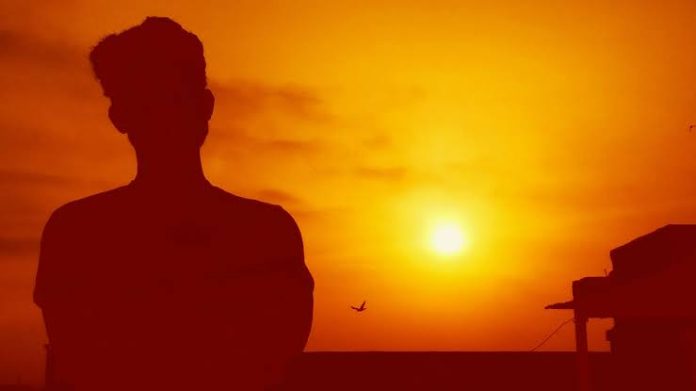The winter solstice, occurring on December 22, marks the Northern Hemisphere’s shortest day and the official commencement of winter. Stemming from Latin, “solstice” denotes the sun’s apparent pause in its journey. This celestial event arises due to Earth’s axial tilt, altering sunlight distribution. As winter sets in, the sun’s lower position in the sky brings about truncated daylight hours and extended nights.
On December 23, the winter solstice culminates in the longest night, with a sunrise at 6:59 AM and sunset at 5:10 PM, yielding over 14 hours of darkness. The Earth’s tilt influences sunlight penetration through the atmosphere, fostering weaker and colder rays. Consequently, this phenomenon creates the coldest and darkest period of the year, accentuated by elongated shadows and a perceptible shift in daylight duration. While the Northern Hemisphere embraces winter’s onset, the Southern Hemisphere anticipates summer’s advent, underscoring the global impact of Earth’s axial tilt on seasonal transitions.


